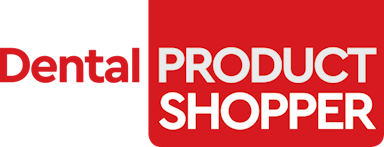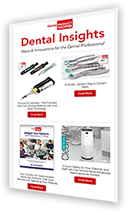One dentist explains how buffering reduces injection pain, speeds the onset of local anesthesia, and makes it more profound
Dr. Dickinson owns 4 Aspen Dental practices in Pensacola and Pace, FL. He is a national key opinion leader and faculty at Pensacola State College, and also lectures on minimal sedation protocols and nitrous oxide sedation, as well as local anesthesia. He is an Army veteran and former flight surgeon who graduated from the University of Pennsylvania School of Dental Medicine.
Buffering anesthetic by adding sodium bicarbonate raises the pH and enhances the onset of anesthesia—providing significant benefits to dentists and patients. But until recently, Dr. Scott Dickinson found the process cumbersome. The few available products were expensive and required multiple steps, and keeping sodium bicarbonate stable using DIY efforts had its challenges. In this article, Dr. Dickinson explains the benefits of buffering and why he thinks the new BufferPro changes the game.

The average onset for local anesthesia is 5 to 6 minutes. I’ll ask patients after 10 minutes if they’re feeling numb. If they say no, I know I missed and have to go in again. With buffering, I ask if they’re feeling numb after just 60 seconds, and they’ll tell me, "Yep, I’m starting to feel tingling in my lip and tongue." I don't need it to kick in that fast, so I usually go see another patient or sign a chart, but it’s a big confidence booster. I know my local anesthetic is already working and this is going to be a successful visit.
When I tell other doctors how quickly buffered anesthetic kicks in, they roll their eyes and say no way. But it does, especially with block anesthesia. When you buffer local anesthetic, more of the anesthetic is available to get the patient numb.
Making a Good Product Better
I’ve found BufferPro changes the way we can help our patients. Why not take the local anesthetic experience, which is a hurdle in every dental office, and make it a great experience? To me, BufferPro truly is a practice changer, and really is the most significant change or addition to local anesthetic probably since the 1970s. I buffer every day and think it’s something every dentist should do.
Buffering takes a good product we know is safe—local anesthetic, which is our bread and butter and biggest necessity—and makes it better in every way.






